1. Mystery Date (1965)
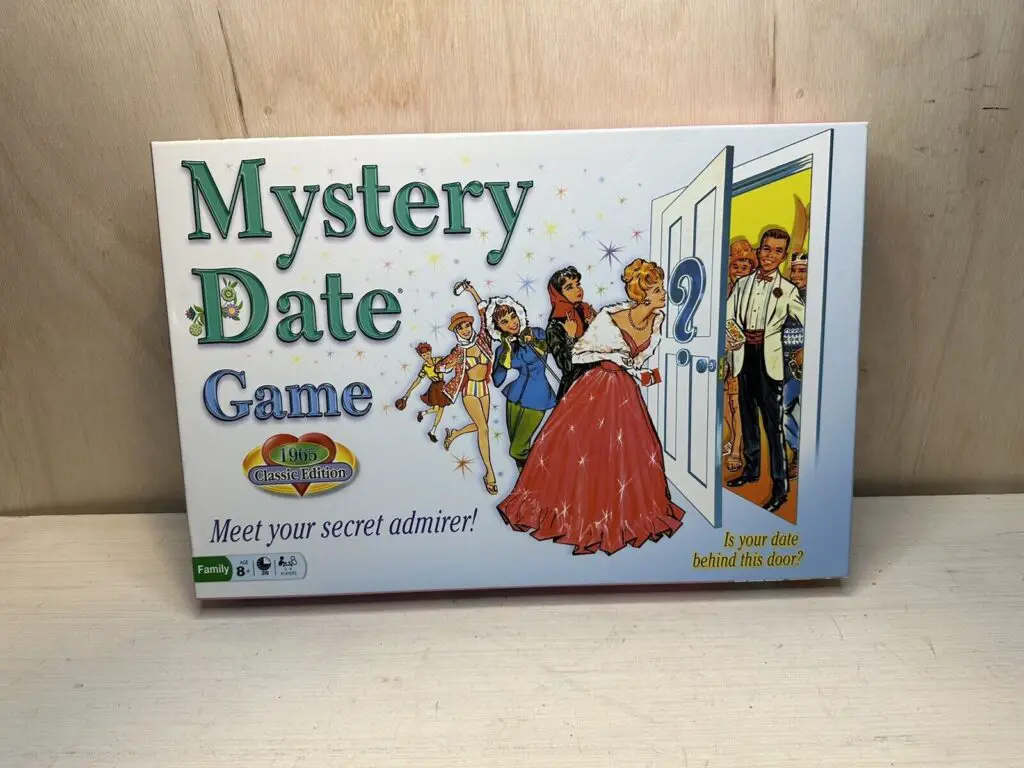
If you grew up in the ’60s or ’70s, chances are you remember Mystery Date, the board game that had players unlocking a tiny plastic door to reveal their dream (or dud) date. The suspense of whether you’d land the “dreamboat” or the guy in fishing gear was weirdly thrilling, even if the idea feels a bit cringey by today’s standards. The game was all about matching outfits to the date behind the door, which made fashion unexpectedly important. If your card showed a fancy dress, you’d better hope for the tuxedoed mystery man, not the one in hip waders says VICE.
Looking back, it’s bizarre how seriously we took those cardboard clothing choices. The game had a sort of surreal charm, like flipping through a teen magazine with a dice roll. And let’s be honest, that little door was oddly satisfying to open. It might not fly today, but there’s no denying Mystery Date left a lasting impression adds E! Online.
2. Voice of the Mummy (1971)
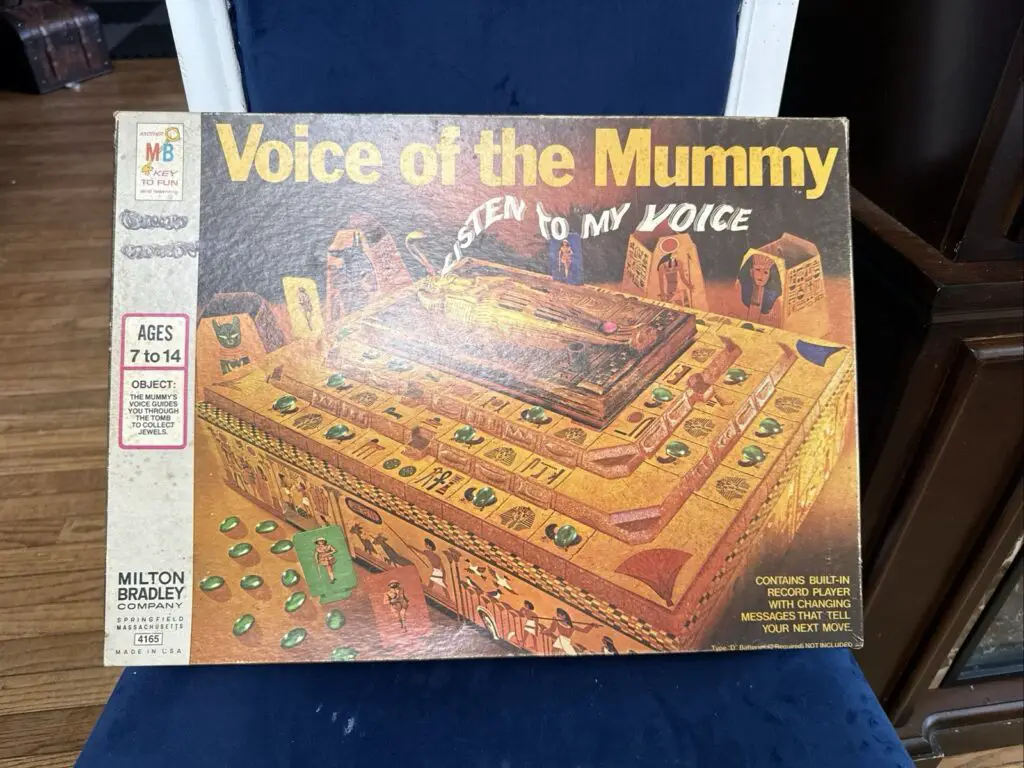
This one took board games to a whole new level—literally. Voice of the Mummy came with a 3D pyramid you assembled, and in the middle was a battery-powered record player that “spoke” to you with eerie, crackly mummy warnings. Players collected jewels while climbing the pyramid, but the mummy’s voice could interrupt your turn with unpredictable instructions. Sometimes it helped, sometimes it sent you tumbling back down says Substack.
There was something genuinely spooky about hearing that voice echo out of the game. It was like a haunted house mixed with Indiana Jones, years before that became a movie. Plus, the game’s physical design was elaborate in a way most board games just weren’t. It was all a little cheesy, but unforgettable in its weirdness adds Adventure Gamers.
3. The Sinking of the Titanic (1976)
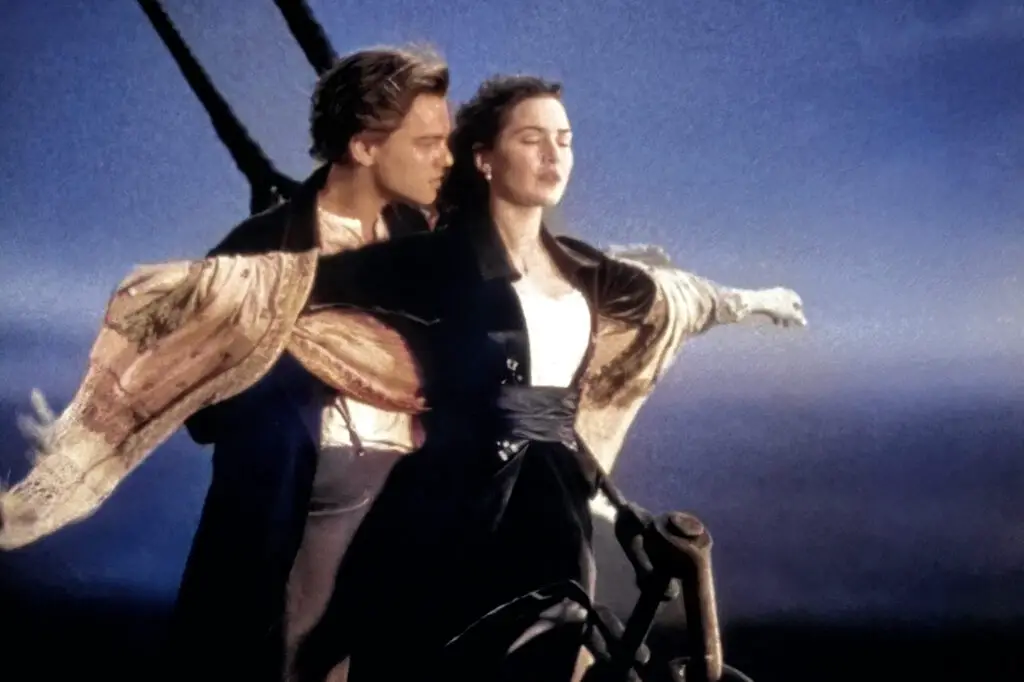
Yes, this was an actual game, and yes, it was just as strange as it sounds. The Sinking of the Titanic asked players to escape a doomed ship, then race across the ocean to reach rescue ships. It started with the ship intact, then halfway through, the board flipped to show it sinking. You had to scramble to lifeboats and hope you had enough supplies to survive.
It’s hard to imagine pitching that as family fun today. The game was oddly grim, considering it was based on a real-life tragedy. But it was also tense and dramatic, with real strategy involved. It was part survival, part resource management, and all kinds of strange.
4. Electronic Detective (1979)
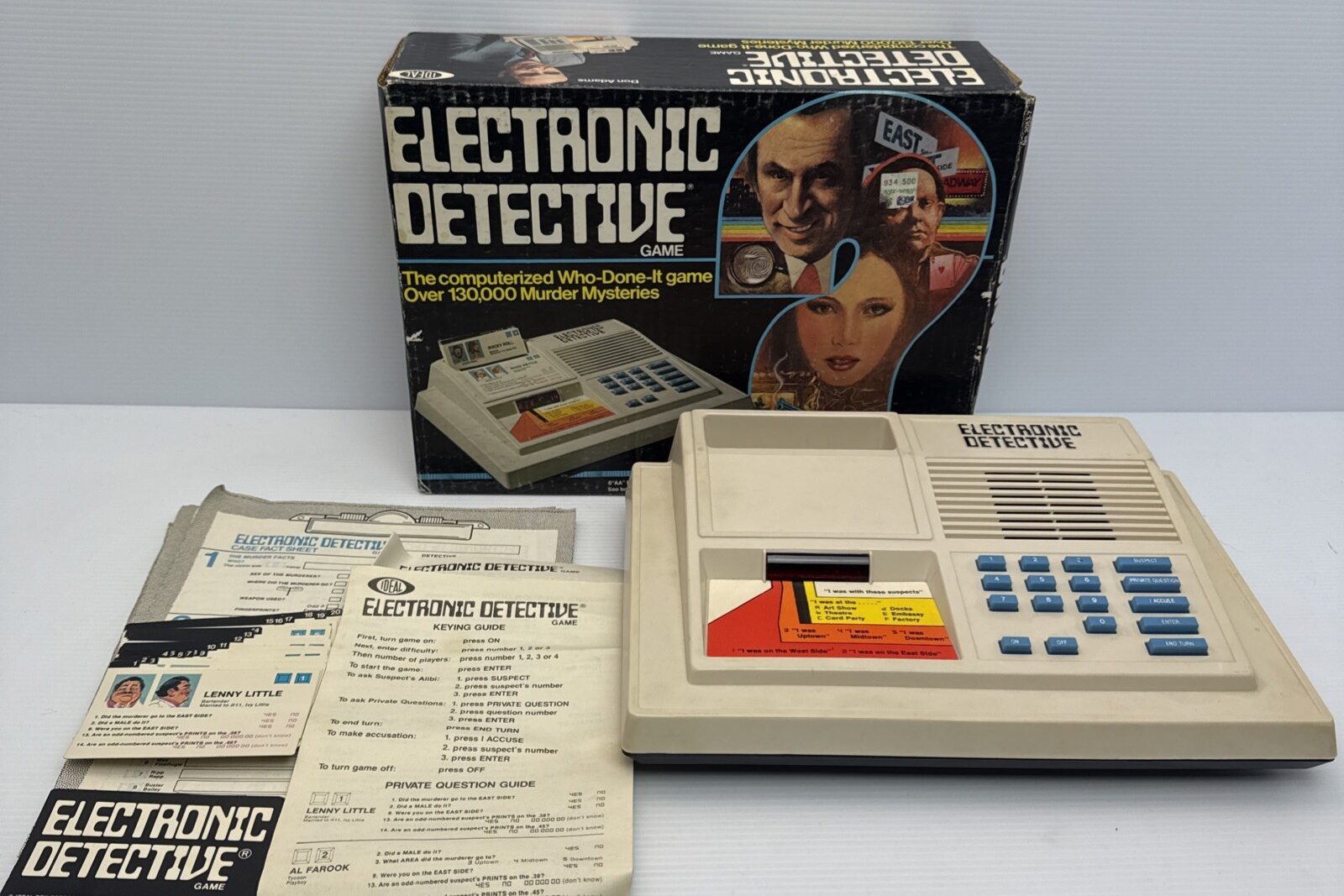
Before we had crime-solving TV marathons and forensic podcasts, there was Electronic Detective. This game came with a talking computer console that walked you through cases, complete with suspects, motives, and alibis. The beeping and static made it feel like you were part of some high-tech cop show, even if the “technology” was mostly flashing lights and pre-recorded phrases.
The game was surprisingly immersive, especially for the late ’70s. You had to keep notes like a real detective, checking alibis and piecing together clues. The voice was robotic, but it added to the vibe. It may look clunky now, but at the time, it felt like the future.
5. Ka-Bala (1967)

This game felt more like a séance than something you’d play at a birthday party. Ka-Bala came with a glowing green ball, a spinning board, and a pair of plastic hands that guided your fortune. You’d ask it questions, then spin and see what the spirits “revealed.” It claimed to blend tarot, astrology, and mysticism, but really, it was just delightfully spooky nonsense.
The aesthetic was pure mid-century occult chic, complete with eerie instructions and mysterious symbols. It was the kind of game that probably scared a few younger siblings. Whether you took it seriously or not, it definitely created a mood. And if the lights were low, it could feel downright eerie.
6. Which Witch? (1970)
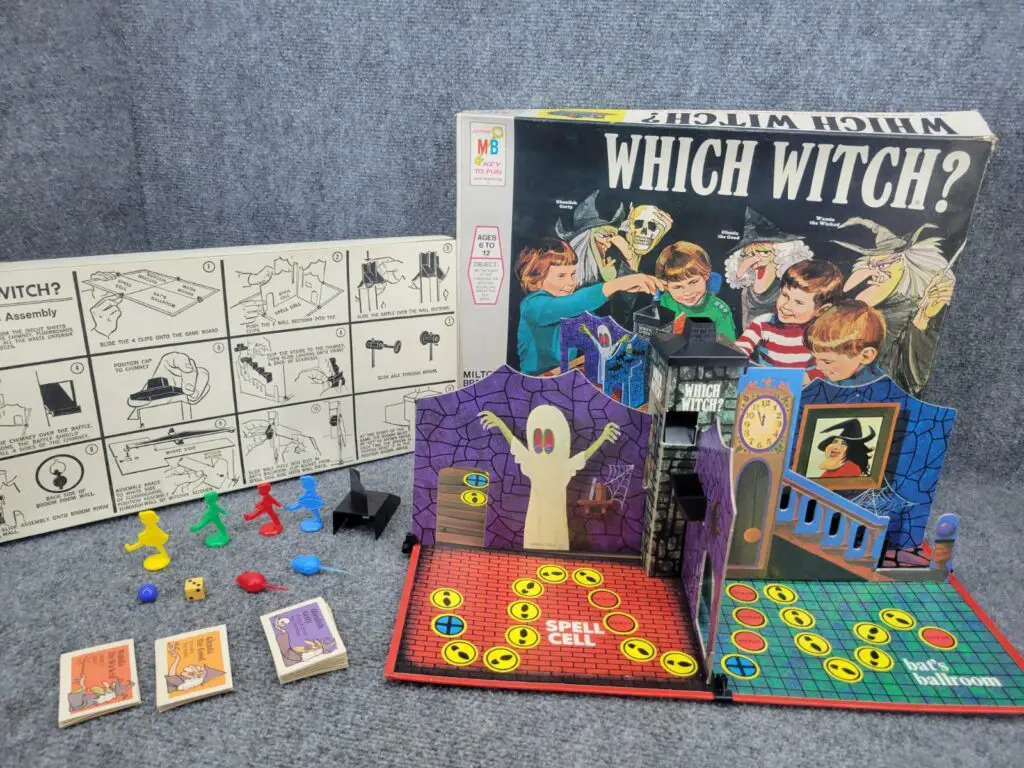
This one had a haunted house for a game board, complete with little plastic rooms and a spooky staircase. Which Witch? was all about avoiding traps while navigating the house, but the real kicker was the “whammy ball.” Every so often, a metal ball would be dropped down a chimney, randomly knocking players’ pieces over.
There was no strategy to the ball—it was pure chaos. But that unpredictability made it strangely thrilling. The plastic pieces and haunted house set-up were charming in a retro Halloween way. It was part game, part spectacle, and definitely stranger than your average roll-and-move.
7. Bigfoot: The Giant Snow Monster Game (1977)
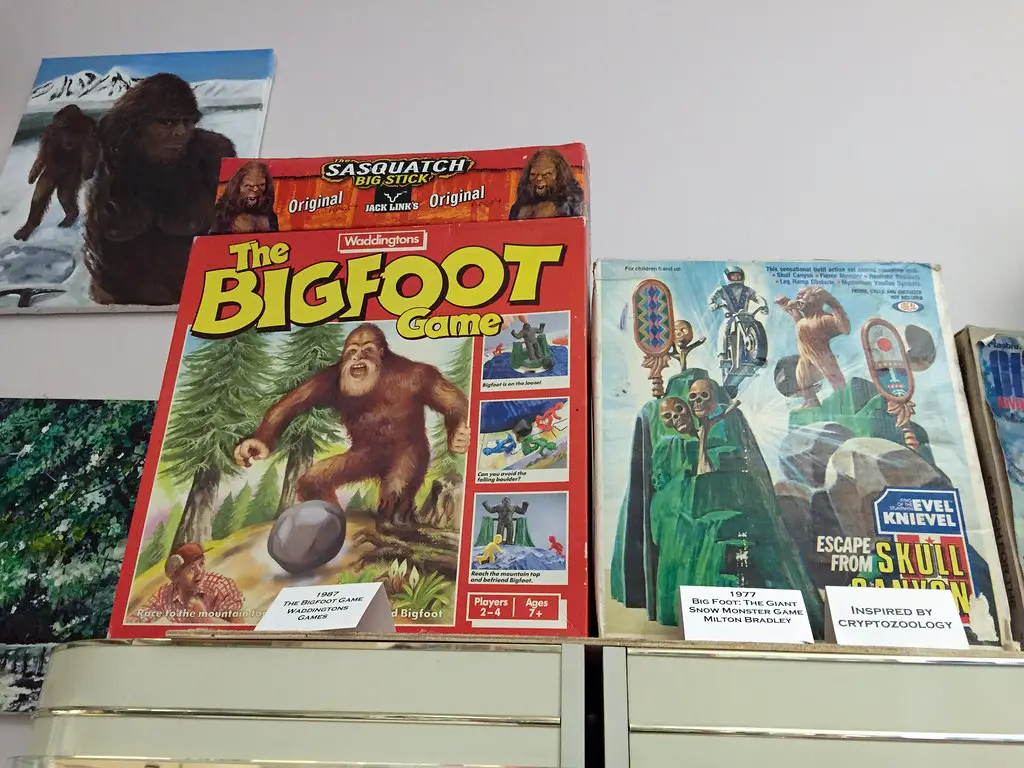
You know a game’s going to be weird when Bigfoot is involved. In this one, players raced across snowy terrain to capture the elusive creature, who was represented by a big plastic foot that stomped around the board. You’d draw cards, set traps, and hope the giant foot didn’t squash your progress.
The gimmick was silly, but it added a physical comedy to the game. There was a goofy charm to watching your carefully placed pieces get smashed by a toy foot. It didn’t make much sense, but it didn’t need to. It was just wild, snowy fun with a mythical twist.
8. Trump: The Game (1989)

This one felt like Monopoly’s overconfident cousin. Trump: The Game had players making high-stakes deals, trying to become billionaires in a world of luxury and power. The rules were convoluted, the gameplay a bit dry, but the real draw was the branding. Every card and piece had Trump’s name or face on it, as if that alone made it worth playing.
It came with dramatic gold accents and a sense of importance it hadn’t really earned. Some people bought it more as a novelty than a real game. And while it promised cutthroat business competition, it mostly delivered confusion. Still, it’s a pop culture oddity that’s hard to forget.
9. Feudal (1967)
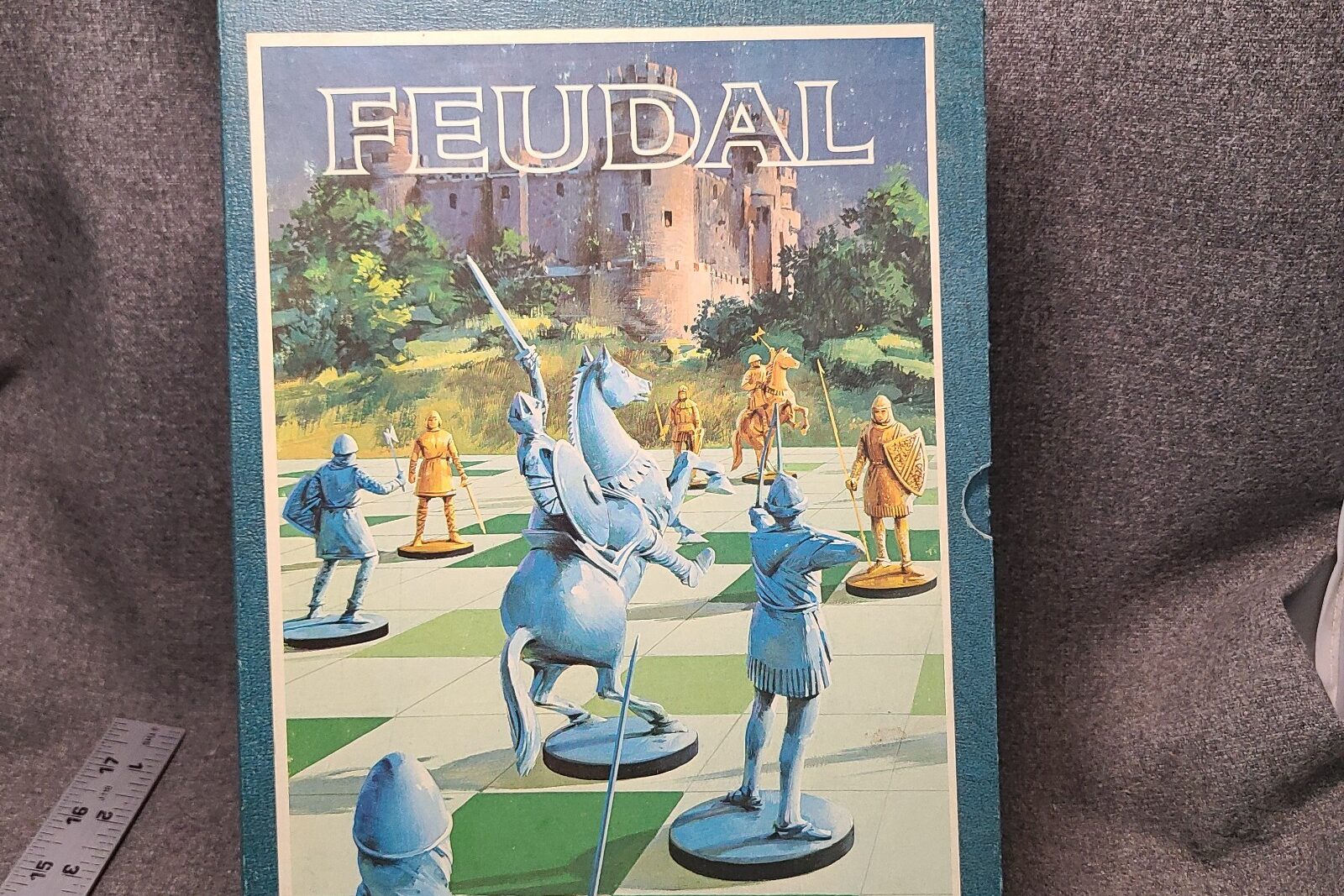
If chess and medieval warfare had a baby, it would be Feudal. This game let players build castles and armies on a modular board, then go to war using different unit types. The rules were deep and tactical, with knights, archers, and foot soldiers all moving in unique ways. You had to protect your king while invading enemy territory.
It wasn’t flashy, but it had a strange intensity to it. The setup took forever, and games could last hours. But for strategy fans, it was like unlocking a secret medieval world. It might’ve been too much for casual players, but diehards loved it.
10. Stay Alive (1971)
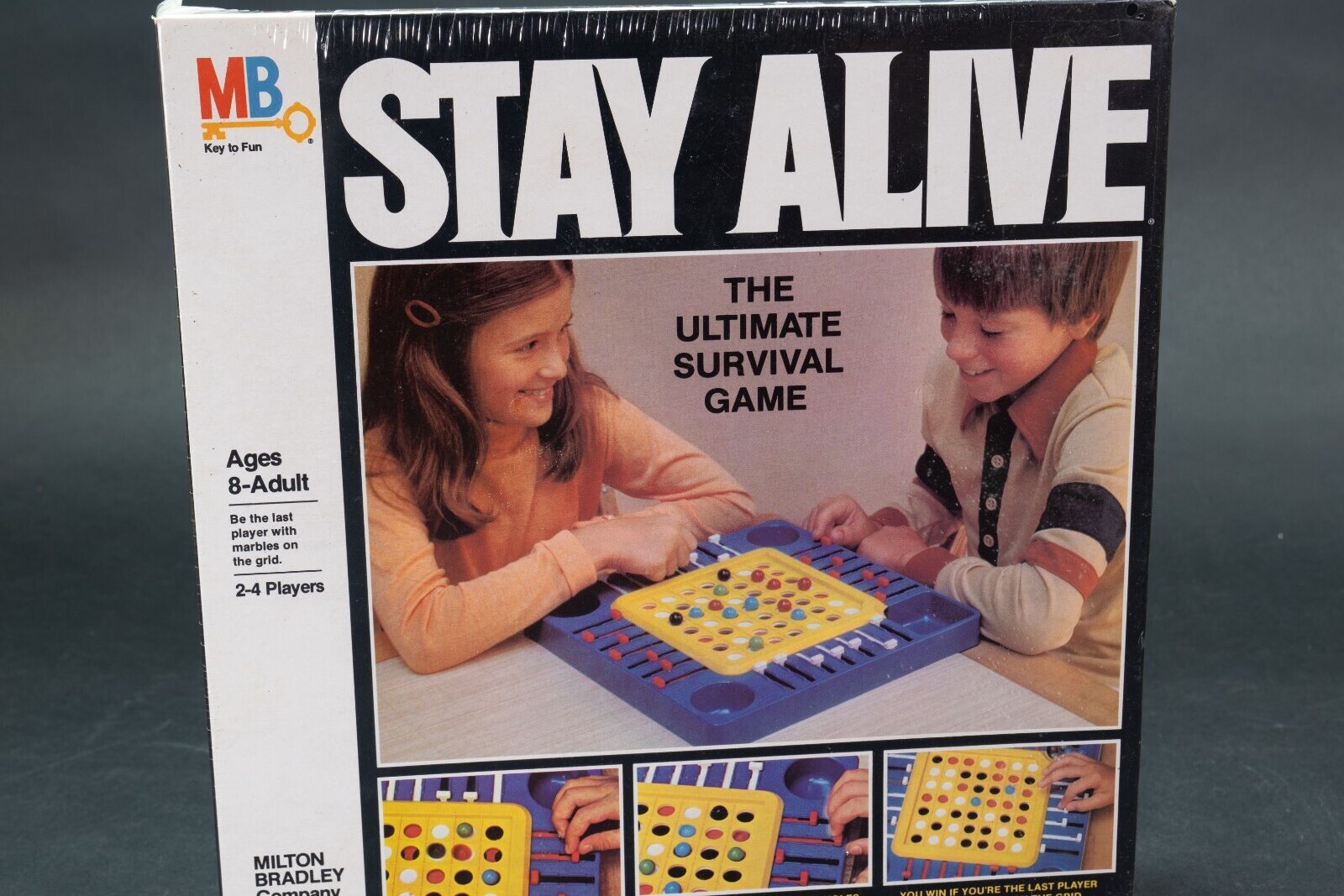
This one looked innocent enough until someone made the wrong move. Stay Alive involved sliding rods back and forth on a grid, which could suddenly open up holes beneath your opponent’s marbles. One moment you were safe, the next you’d plummet into nothing. The goal was exactly what the title promised: stay alive the longest.
It was like reverse Jenga, where instead of pulling pieces out, you tried to destroy your opponents without falling yourself. The tension was real, especially as the board got emptier. It wasn’t about speed, it was about subtle sabotage. And that made it sneakily thrilling.
11. Shark Attack! (1988)

Just the name sounds like a B-movie, and the game itself didn’t disappoint. In Shark Attack!, you were little fish trying to outrun a battery-powered plastic shark that actually moved around the board. The shark would “eat” players if it caught up, which meant your cute plastic fish got gobbled up mid-turn.
There was a lot of shrieking involved, especially from younger players. The movement added real urgency, even if the shark’s mechanism was a little clunky. It was silly, fast-paced, and strangely exciting. Definitely not your average board game chase.
12. Dungeon Dice (1977)
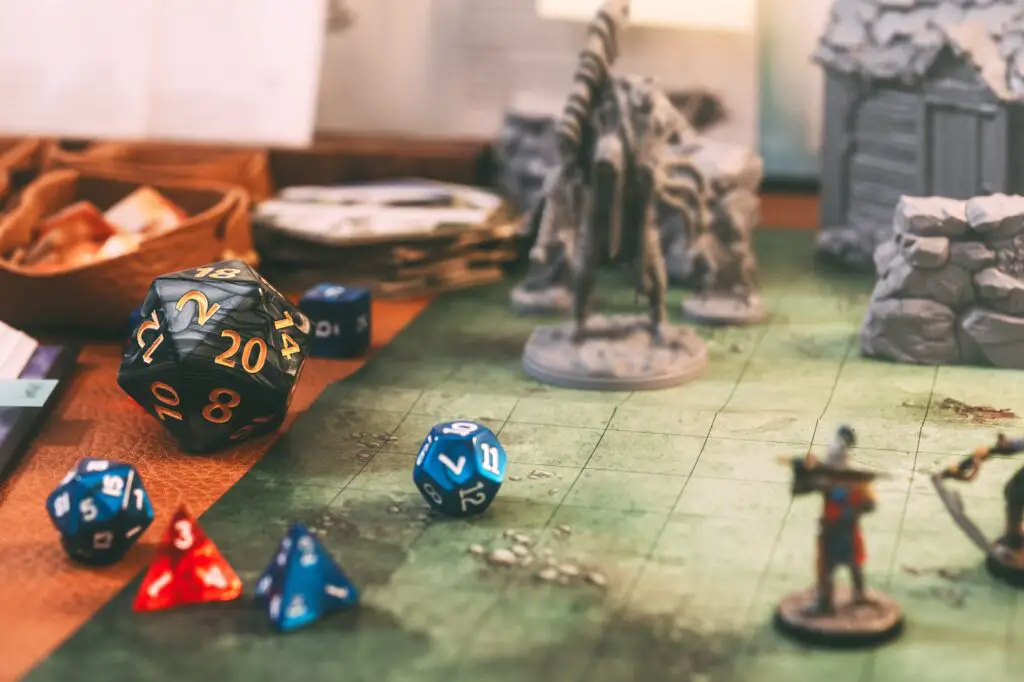
Before Dungeons & Dragons became the king of fantasy games, there was Dungeon Dice. This one tried to condense dungeon crawling into dice rolls, treasure hunts, and monster battles. Players used special dice to explore rooms, face challenges, and collect loot. It was part luck, part fantasy roleplay, with a touch of chaos.
It lacked the storytelling depth of real RPGs, but for a board game, it scratched that fantasy itch. The monsters were generic, but the thrill of discovery kept things fun. It was ambitious for its time, even if it didn’t quite stick the landing. And it felt like a stepping stone toward bigger, nerdier adventures.
13. Smess: The Game of Utter Confusion (1970)
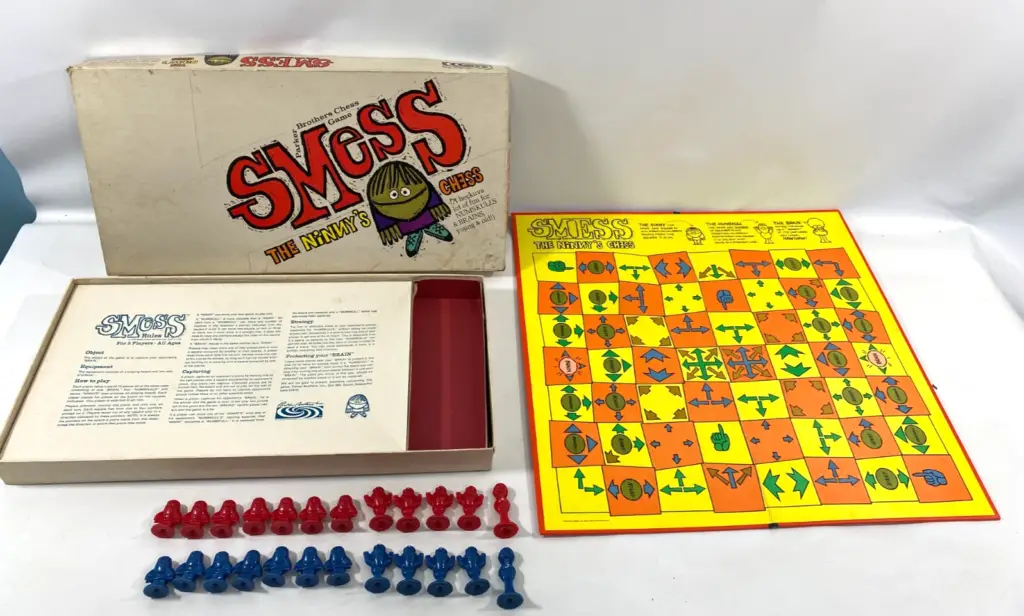
The name says it all. Smess was like chess’s goofy little sibling, with characters like “Numskulls” and “Brains” moving across a colorful, confusing board. The rules were simplified, but the board layout made it feel more chaotic than the real thing. You had to think, but not too hard.
It was marketed as a “fun” version of chess, though many players just found it baffling. The artwork and silly names gave it a surreal, almost psychedelic vibe. It didn’t last long, but it definitely stood out. If chess is logic, Smess was pure nonsense—and proud of it.
14. Gooey Louie (1995)
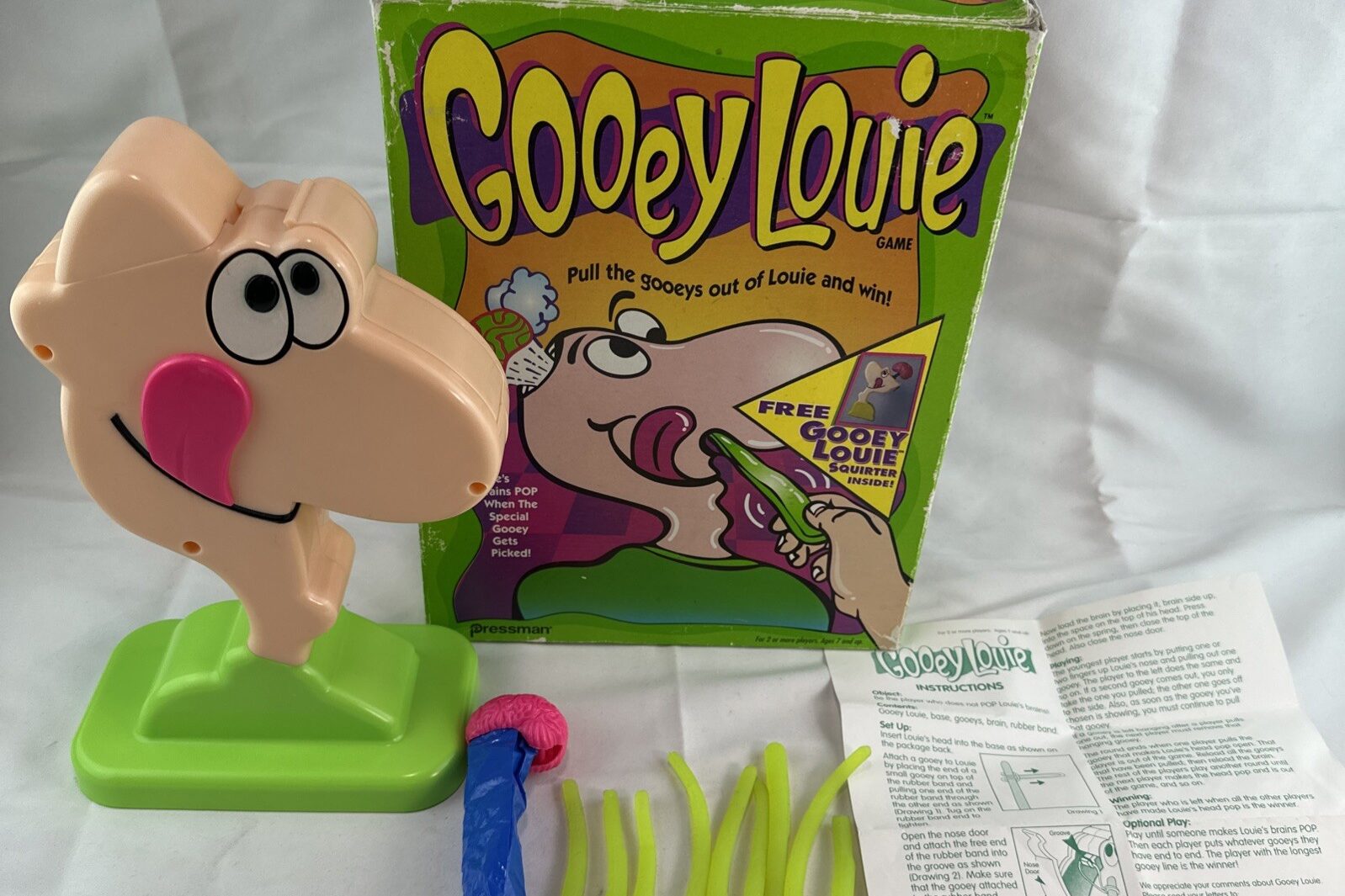
You’d press down on Louie’s brain until, surprise, a massive booger popped out. Yes, this was the entire premise of Gooey Louie, and yes, it was as gross as it sounds. Players took turns picking rubber “boogers” from Louie’s nose, hoping not to trigger the spring-loaded sneeze. It was pure juvenile humor, and kids loved it.
There wasn’t much skill involved, just a lot of squealing and fake gagging. But the physical gimmick made it memorable in a way few games are. It wasn’t trying to be deep, just disgusting and silly. And somehow, that was enough.
